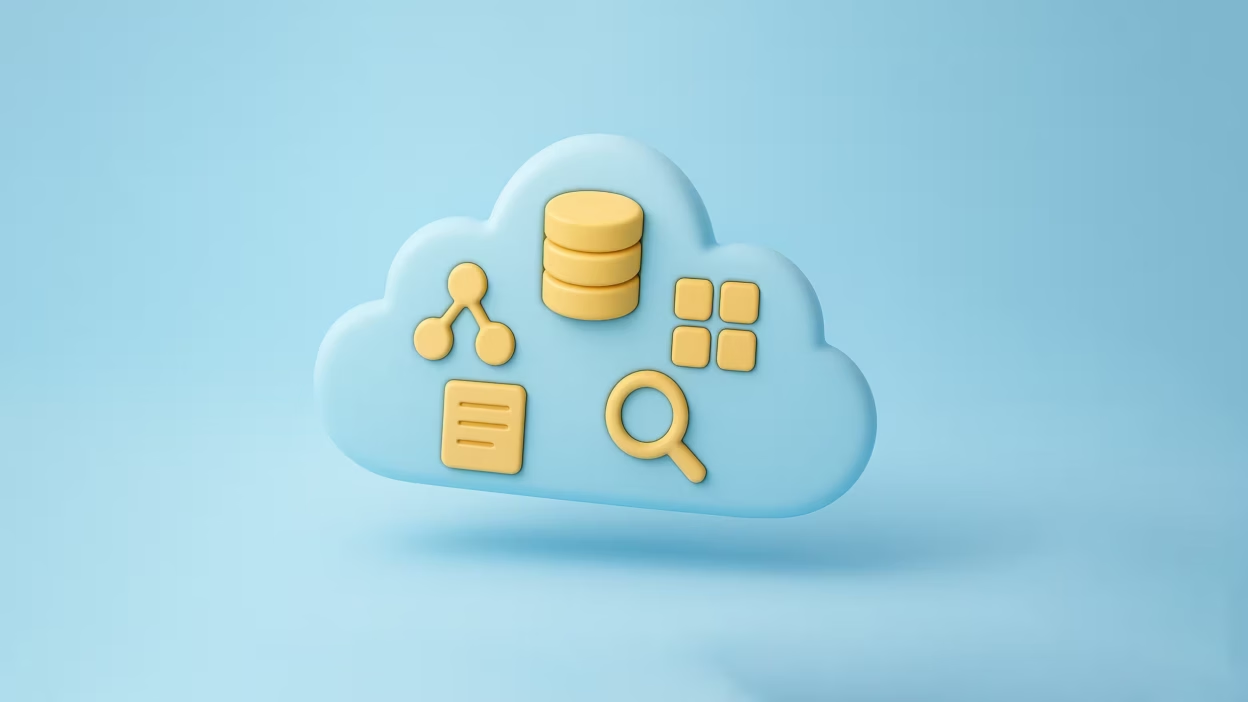You ever open a Jupyter notebook, write the perfect query in your head, hit run—and then sit there wondering why it’s taking five minutes to return ten rows?
Welcome to the quiet frustration of working with the wrong database for the job. And in 2025, with cloud infrastructure becoming the default playground for most data science teams, knowing which databases can handle your workloads isn’t just nice to have—it’s a must.
The days of dumping everything into a clunky on-prem SQL server and hoping for the best? Long gone. Whether you’re wrangling terabytes of streaming data or just trying to spin up something fast for a weekend ML project, the right cloud database can save you hours of tuning, debugging, and swearing under your breath.
So let’s cut through the noise. Here are the five cloud databases every data scientist should actually know—the ones that show up in job specs, real-world pipelines, and late-night Stack Overflow threads.
1. The Power of Amazon RDS
First up, we have Amazon RDS (Relational Database Service). Ever heard of that small indie company, Amazon? Yeah, they’re not just about next-day delivery and Prime Video. Amazon RDS is like the Swiss Army knife of cloud databases. It supports six popular database engines: MySQL, PostgreSQL, MariaDB, Oracle, SQL Server, and Amazon Aurora.
Here’s the kicker. With RDS, you can automate time-consuming administrative tasks like hardware provisioning, database setup, patching, and backups. Less grunt work and more time for data wrangling? Yes, please!
But wait, there’s more. RDS is scalable, meaning it can adjust to your needs. Working on a small project? No problem. Need to process a mountain of data? RDS has got your back.
Quick takeaway: Amazon RDS is versatile, scalable, and can save you from a ton of administrative headaches.
2. Google Cloud Spanner: The Future is Now
Next, let’s talk about Google Cloud Spanner. Now, I’m not saying it’s a time machine, but it’s pretty futuristic. Imagine a world where you can have the best of both worlds: the scalability of NoSQL and the reliability and functionality of traditional databases. That’s Google Cloud Spanner for you.
Spanner offers global transactions, strong consistency, and automatic, synchronous replication for high availability. In other words, it’s a powerhouse. And if you’re worried about latency, don’t be. Spanner has got you covered.
Quick takeaway: Google Cloud Spanner is a hybrid wonder, combining the best of NoSQL and traditional databases while ensuring low latency.
3. Azure Cosmos DB: The Cosmos in Your Hand
If you’ve ever wanted to hold the cosmos in your hands (or at least in your data), Microsoft’s Azure Cosmos DB is your ticket. It’s globally distributed and supports multiple models: key-value, document, column-family, and graph. It’s like having an all-you-can-eat buffet of data models.
But here’s the real gem. Azure Cosmos DB offers five consistency choices. That’s right, five! You can choose the consistency that best suits your application’s needs. It’s like tailoring your database to the perfect fit.
Quick takeaway: Azure Cosmos DB is a multi-model, globally-distributed database that lets you pick your preferred consistency level.
4. Redis Labs: The Speed Demon
Ever felt the need, the need for speed? Well, Redis Labs might just be your speed demon. It’s an in-memory database, which means it stores data in the main memory for faster access. Redis is like that friend who always has a quick comeback.
But Redis isn’t just about speed. It supports various data types, including strings, lists, sets, sorted sets, hashes, bitmaps, and more. Plus, it has built-in replication, Lua scripting, LRU eviction, and transactions, among other features.
Quick takeaway: Redis Labs is your go-to for speed, supporting various data types and offering a wealth of features.
5. IBM Db2 on Cloud: Oldie but Goldie
Last but not least, we have IBM Db2 on Cloud. Db2 might be a bit of a dinosaur compared to the others on this list, but don’t underestimate it. It’s like the dependable station wagon of databases.
Db2 supports both SQL and NoSQL, and it’s flexible. You can run it on-premise, in the cloud, and even on hybrid cloud environments. Plus, it has impressive analytics capabilities, making it a favorite among data scientists.
Quick takeaway: IBM Db2 on Cloud is a reliable, flexible choice that supports both SQL and NoSQL, ideal for analytics work.
Wrapping Up
So there you have it, my fellow data nerds. The top 5 cloud databases every data scientist should know. They each offer their unique strengths, from the versatility of Amazon RDS to the speed of Redis Labs, the hybrid capabilities of Google Cloud Spanner, the multi-model approach of Azure Cosmos DB, and the reliable analytics of IBM Db2.
Remember, the right database can make your life much easier and your work more efficient. So, choose wisely! And if you’re still feeling a bit overwhelmed, check out our post on What It’s Really Like to Be a Data Scientist in 2025. It might give you some perspective on how these databases fit into the bigger picture of data science.
Keep crunching those numbers and turning data into wisdom. Until next time!





